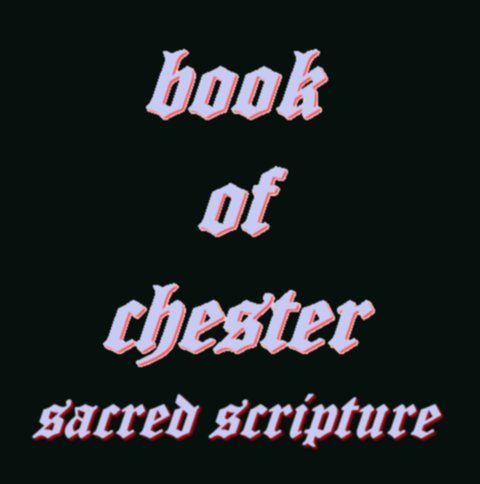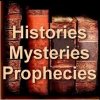
Introduction
Preface Second Ed.
Preface Third Ed.
Note by the Editor
The Two Systems
Trinity in Unity
Mother and Child
The Child in Assyria
The Child in Egypt
The Child in Greece
Death of the Child
Deification of the Child
Mother of the Child
Christmas
Easter
Nativity of John
Feast of thr Assumption
Baptismal Regeneration
Justification by Works
Sacrifice of the Mass
Extreme Unction
Purgatory and Prayers for the Dead.
Idol Processions
Relic Worship.
Clothing and Crowning of Images.
The Rosary
Lamps & Wax-candles
Sign of the Cross
Sovereign Pontiff
Priests, Monks, and Nuns.
Great Red Dragon
Beast From the Sea
Beast from the Earth
Image of the Beast
Number of the Beast
Invisible Head of the Papacy
Woman with Golden Cup
Hebrew Chronology
Shing Moo and Ma Tsoopo of China.
Ala-Mahozim
Meaning of the name Centaurus
Olenos, the Sin-Bearer
Identification of Rhea or Cybele and Venus
Virgin Mother of Paganism
Goddess Mother as a Habitation.
Meaning of the name Astarte.
Oannes and Souro
The Identity of the Scandinavian Odin and Adon of Babylon
Stripping of the Clothes of the Initiated in the Mysteries
Zoroaster, the Head of the Fire-Worshippers
Story of Phaethon
Roman Imperial Standard of the Dragon of Symbol of Fire-worship
The Slaying of the Witness
Attes, the Sinner
Click here for The Reluctant Messenger (Host Site)
APPENDIX - The Identity of the Scandinavian Odin and Adon of Babylon.
NOTE L, p. 133.
The Identity of the Scandinavian Odin and Adon of Babylon.
1. Nimrod, or Adon, or Adonis, of Babylon, was the great war-god. Odin, as is well known, was the same. 2. Nimrod, in the character of Bacchus, was regarded as the god of wine; Odin is represented as taking no food but wine. For thus we read in the Edda: "As to himself he [Odin] stands in no need of food; wine is to him instead of every other aliment, according to what is said in these verses: The illustrious father of armies, with his own hand, fattens his two wolves; but the victorious Odin takes no other nourishment to himself than what arises from the unintermitted quaffing of wine" (MALLET, 20th Fable, vol. ii. p. 106). 3. The name of one of Odin's sons indicates the meaning of Odin's own name. Balder, for whose death such lamentations were made, seems evidently just the Chaldee form of Baal-zer, "The seed of Baal;" for the Hebrew z, as is well known, frequently, in the later Chaldee, becomes d. Now, Baal and Adon both alike signify "Lord"; and, therefore, if Balder be admitted to be the seed or son of Baal, that is as much as to say that he is the son of Adon; and, consequently, Adon and Odin must be the same. This, of course, puts Odin a step back; makes his son to be the object of lamentation and not himself; but the same was the case also in Egypt; for there Horus the child was sometimes represented as torn in pieces, as Osiris had been. Clemens Alexandrinus says (Cohortatio, vol. i. p. 30), "they lament an infants torn in pieces by the Titans." The lamentations for Balder are very plainly the counterpart of the lamentations for Adonis; and, of course, if Balder was, as the lamentations prove him to have been, the favourite form of the Scandinavian Messiah, he was Adon, or "Lord," as well as his father. 4. Then, lastly, the name of the other sons of Odin, the mighty and warlike Thor, strengthens all the foregoing conclusions. Ninyas, the son of Ninus or Nimrod, on his father's death, when idolatry rose again, was, of course, from the nature of the mystic system, set up as Adon, "the Lord." Now, as Odin had a son called Thor, so the second Assyrian Adon had a son called Thouros (Cedrenus, vol. i. p. 29). The name Thouros seems just to be another form of Zoro, or Doro, "the seed;" for Photius tells us that among the Greeks Thoros signified "Seed" (Lexicon, pars i. p. 93). The D is often pronounced as Th,--Adon, in the pointed Hebrew, being pronounced Athon.
Previous | Next
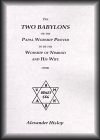
or The Papal Worship Proved to be the Worship of Nimrod and His Wife
$3.99 Kindle eBook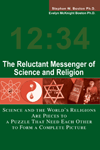
Buy from Amazon.com
The Essential Teachings of Herbert W. Armstrong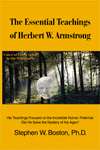
His Teachings Focused on The Incredible Human Potential. Did He Solve the Mystery of the Ages?
New Book about HWA's Teachings. Recommended!

